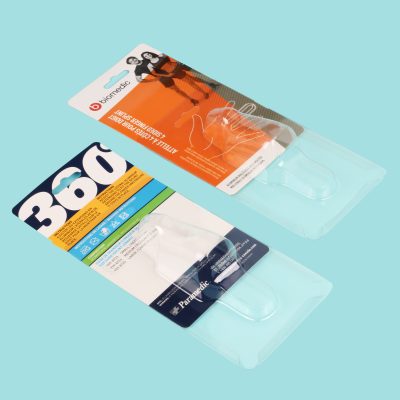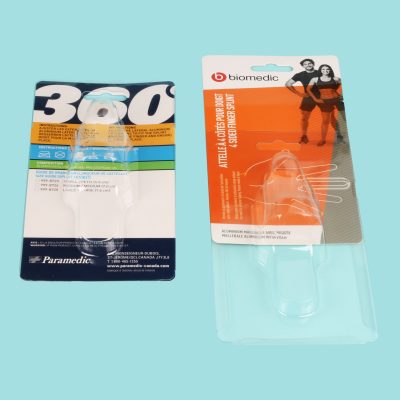Blister card packaging is a widely used method in product packaging across various industries, offering both practicality and visual appeal. This article aims to delve into the intricacies of blister card packaging, highlighting its significance, features, benefits, and applications.
Introduction to Blister Card Packaging
Blister card packaging is a packaging technique that involves sealing a product between a clear plastic blister and a printed cardboard backing. The product is securely held in place within the blister, providing protection from external elements while allowing for easy visibility and display.
Features of Blister Card Packaging
Blister card packaging typically consists of two main components:
Blister: The blister is a transparent plastic cavity that holds and protects the product. It is often custom-designed to fit the shape and size of the item, providing a snug and secure fit.
Cardboard Backing: The cardboard backing serves as the base of the packaging and provides a platform for branding, product information, and instructions. It is usually printed with graphics, logos, and text to attract consumers and convey essential details about the product.
Benefits of Blister Card Packaging
Blister card packaging offers several advantages:
Visibility: The transparent blister allows consumers to see the product inside, enhancing its visibility and appeal on store shelves.
Protection: The blister provides protection from dust, moisture, and tampering, ensuring that the product remains in pristine condition until purchase.
Brand Enhancement: The cardboard backing provides ample space for branding and marketing messages, helping to reinforce brand identity and attract potential customers.
Convenience: Blister card packaging is easy to open and resealable, allowing consumers to access the product conveniently while maintaining its freshness and integrity.
Applications of Blister Card Packaging
Blister card packaging is versatile and finds applications in various industries, including:
Retail: Blister card packaging is commonly used for packaging consumer goods such as electronics, toys, cosmetics, and hardware products.
Pharmaceuticals: In the pharmaceutical industry, blister card packaging is used to package individual doses of medications, ensuring accurate dosing and patient safety.
Food and Beverage: Blister card packaging is also utilized for packaging individual servings of food and beverage products, such as chewing gum, mints, and candies.
Conclusion
In summary, blister card packaging offers a combination of functionality, protection, and visual appeal, making it a popular choice for packaging a wide range of products. Its transparent blister and printed cardboard backing provide visibility, protection, and branding opportunities, making it an ideal packaging solution for retail, pharmaceutical, and food industries. As consumer preferences and industry trends evolve, blister card packaging continues to adapt and innovate, maintaining its relevance in the competitive marketplace.







